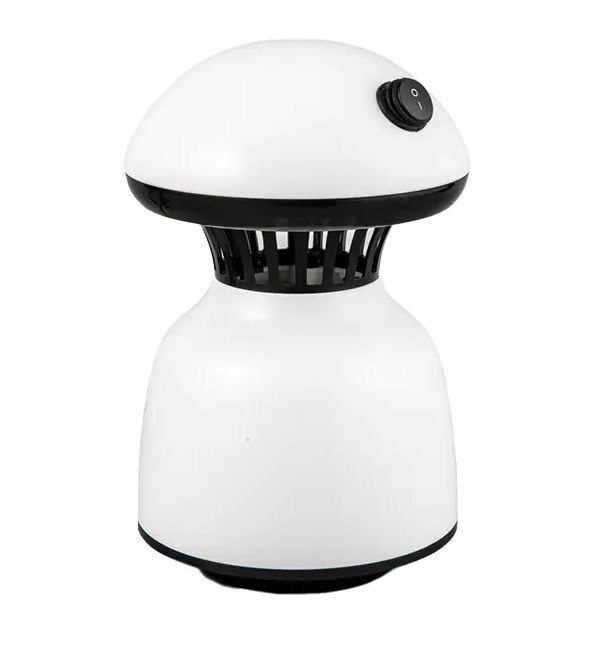Summary:Photocatalyst mosquito traps are innovative devices that play a crucial role in improving public health by effectively c...
Photocatalyst mosquito traps are innovative devices that play a crucial role in improving public health by effectively controlling mosquito populations and reducing the spread of mosquito-borne diseases. These traps utilize advanced technology to attract, capture, and eliminate mosquitoes without the need for harmful chemicals or pesticides.
Here's how photocatalyst mosquito traps work and the benefits they offer for protecting communities:
Working principle: Photocatalyst mosquito traps use a combination of ultraviolet (UV) light and a photocatalytic reaction to lure mosquitoes. The trap emits UV light, which is highly attractive to mosquitoes as they are drawn to certain wavelengths of light. The photocatalytic surface of the trap then releases small amounts of carbon dioxide (CO2) and water vapor, mimicking the scent of human breath, which further enhances the attractiveness of the trap.
Safe and eco-friendly: Unlike traditional mosquito control methods that often involve chemical pesticides, photocatalyst traps are safe and eco-friendly. They do not pose any risk to humans, pets, or beneficial insects, making them a sustainable and non-toxic alternative for mosquito control.
Reducing mosquito-borne diseases: Mosquitoes are carriers of various dangerous diseases, such as malaria, dengue fever, Zika virus, and West Nile virus. By significantly reducing mosquito populations, photocatalyst traps help minimize the transmission of these diseases within communities.
Targeted approach: Photocatalyst mosquito traps are designed to attract and capture female mosquitoes, which are the ones responsible for biting and transmitting diseases. Since only female mosquitoes require a blood meal to lay eggs, these traps effectively disrupt the mosquito life cycle, leading to a decrease in the overall mosquito population.
Wide applicability: Photocatalyst mosquito traps can be used both indoors and outdoors, making them versatile and effective in various settings. They are particularly useful in areas with limited access to traditional mosquito control methods or in regions where mosquito-borne diseases are prevalent.
Low maintenance: These traps generally require minimal maintenance, which makes them practical and cost-effective for long-term use.




 China Steam Cleaning Machine SuppliersPrivacy
China Steam Cleaning Machine SuppliersPrivacy